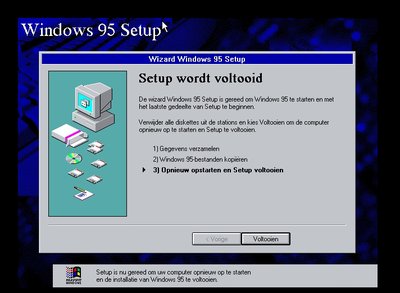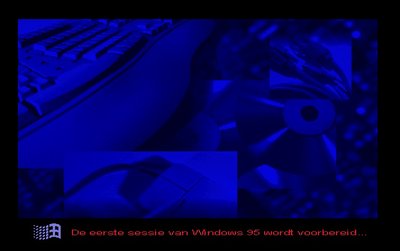Reply 20 of 46, by superfury
Although the Mouse is still buggy somehow(jumping all over the place moving it), installing with a keyboard only does the job(takes a while, though). The installation runs until the end and reboot/ms-dos. The MS-DOS option returns to MS-DOS without problems.
After reboot and fixing my custom autoexec.bat to use the proper path, running win(without parameters) shows the Windows 3.1 logo(apparently it actually was 3.1, not 3.11), then right after drawing returns to text mode doing nothing at all(input buffer fills when typing, resulting in beeps when full). Otherwise, it doesn't respond to anything at all.
The current results are:
- Windows 3.0 real mode: booting and working.
- Windows 3.0 standard mode: booting. black screen afterwards.
- Windows 3.0 386 enhanced mode: returns to MS-DOS prompt
- Windows 3.1 standard mode: booting and working.
- Windows 3.1 386 enhanced mode: shows logo, then back to empty screen in text mode with cursor. unresponsive to input.
So only 3.0 in real mode(/r) and 3.1 in standard mode(/s) actually work. Without parameters or other settings crash when booting.
Any idea what might cause this?
Author of the UniPCemu emulator.
UniPCemu Git repository
UniPCemu for Android, Windows, PSP, Vita and Switch on itch.io

